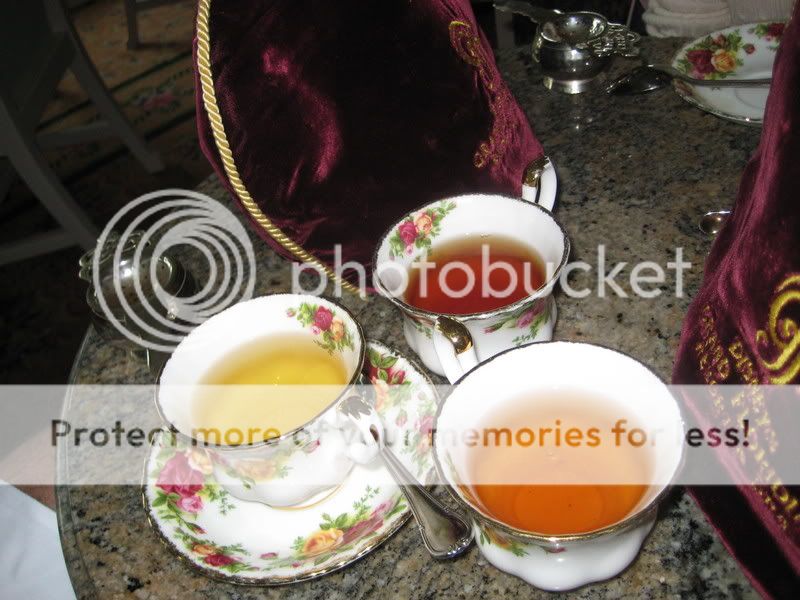Afternoon tea is a light meal typically eaten between 3pm and 5pm. It originated in the United Kingdom, though various places that used to be part of the former British Empire also have such a meal. However, changes in social customs and working hours mean that most Britons only take afternoon tea on special/formal occasions.
Traditionally, loose tea would be served in a teapot with milk and sugar. This would be accompanied by various sandwiches (customarily cucumber, egg and cress, fish paste, ham, and smoked salmon), scones (with butter, clotted cream and jam see cream tea) and usually cakes and pastries (such as Battenberg, fruit cake or Victoria sponge). The food would be often served in a tiered stand.
While afternoon tea used to be an everyday event, nowadays it is more likely to be taken as a treat in a hotel, café, or tea shop, although many Britons still have a cup of tea and slice of cake or chocolate at teatime. Accordingly, many hotels now market a champagne cream tea.
Anna Maria Stanhope, Duchess of Bedford, is credited as the first person to have afternoon tea in England.
[edit]High tea
High tea (also known as meat tea[1]) is an early evening meal, typically eaten between 5pm and 6pm in the evening. It would be eaten as a substitute for both afternoon tea and the evening meal. It is now largely replaced by a later evening meal.
It would usually consist of cold meats, eggs or fish, cakes and sandwiches. In a family, it tends to be less formal and is an informal snack (featuring sandwiches, biscuits, pastry, fruit and the like) or else it is the main evening meal.
On farms or other working class environments, "high tea" would be the traditional, substantial meal eaten by the workers immediately after nightfall, and would combine afternoon tea with the main evening meal. See also The UK Tea Council Definition.
In recent years, high tea has become a term for elaborate afternoon tea, though this is American usage and mainly unrecognised in Britain. Such usage is disfavored by etiquette advisors, such as Miss Manners (see below).
[edit]United States
For most of the United States, the morning or afternoon break is not normally referred to as tea as the beverage has not traditionally been a widespread choice with Americans. The term coffee break is used instead to denote a morning social gathering for a snack and short downtime where hot and cold beverages and cakes, breads and pastries are consumed.
The term "high tea" is sometimes used in the United States to refer to afternoon tea or the "tea party", a very formal, ritualised gathering in which tea, thin sandwiches and little cakes are served on the best china. This usage is an analogical construction, the term "high" being associated with social "formality" (rather than a "high", or main, table). Most etiquette mavens advise that such usage is unorthodox outside commercial contexts.
This form of tea is increasingly served in high-end American hotels, often during the Christmas holidays and other tourist seasons, and a rising number of big-city teahouses, where it is usually correctly described as "afternoon tea".The tea party is still occasionally given in the U.S., either for a special occasion or in honor of a visiting celebrity or guest.
 well behaved 4 y.o. ? I had to cancel the tea last trip and really want to go next time. I can not book anything yet but having fun plotting and planning
well behaved 4 y.o. ? I had to cancel the tea last trip and really want to go next time. I can not book anything yet but having fun plotting and planning  .
. well behaved 4 y.o. ? I had to cancel the tea last trip and really want to go next time. I can not book anything yet but having fun plotting and planning
well behaved 4 y.o. ? I had to cancel the tea last trip and really want to go next time. I can not book anything yet but having fun plotting and planning  .
.






 .
.